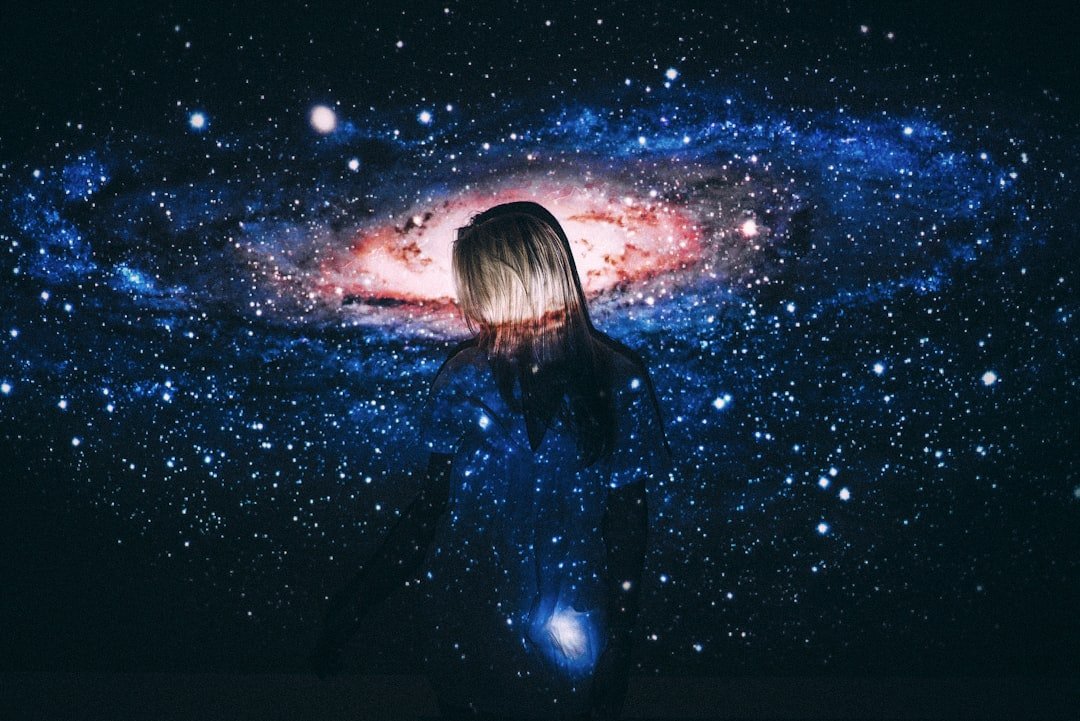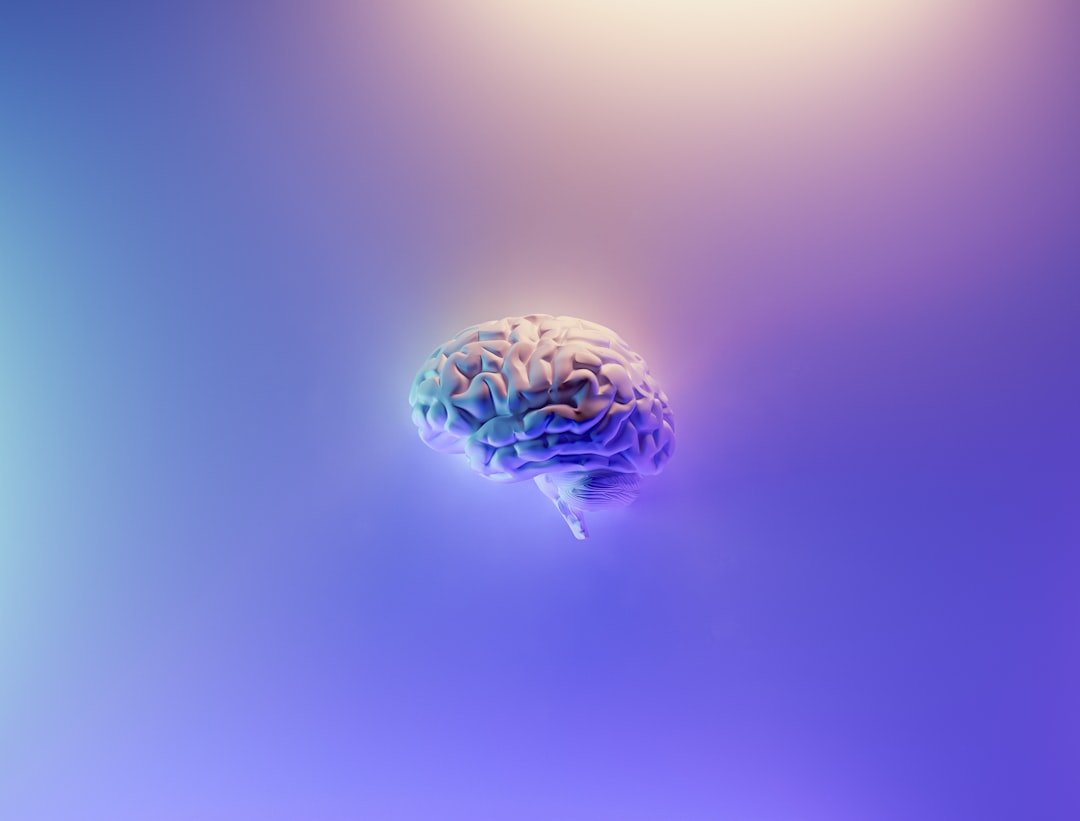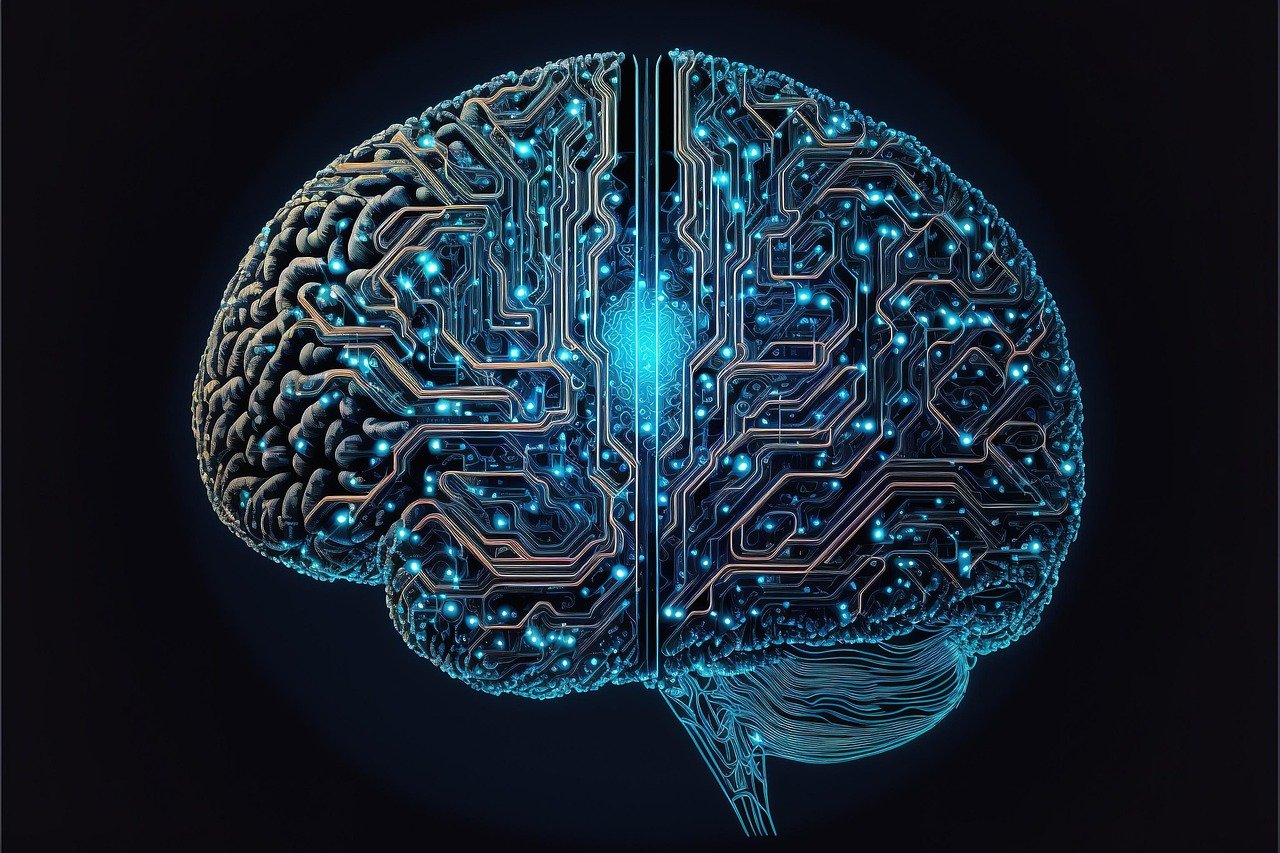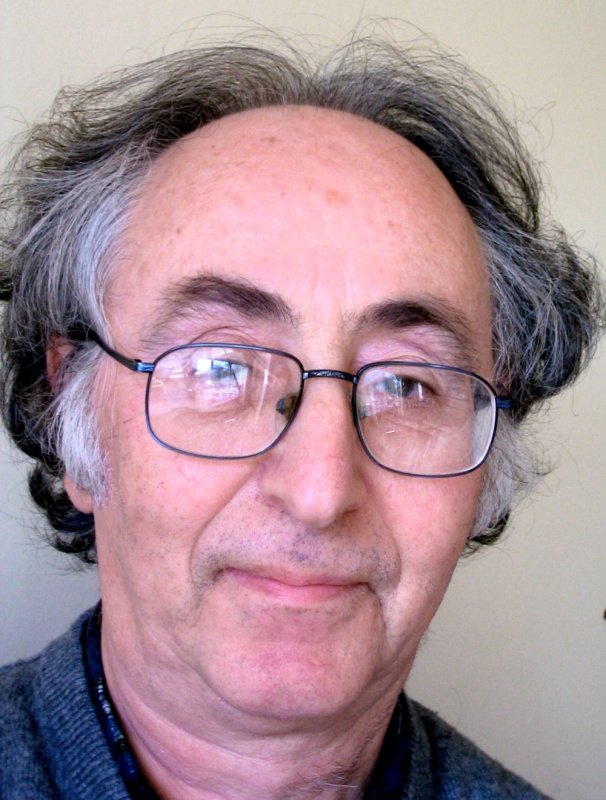What if consciousness isn’t locked inside your skull but spread across the cosmos like starlight? It sounds like science fiction, yet some of the world’s brightest minds are seriously considering this radical possibility. We’re living through a moment when physicists and philosophers are wrestling with ideas that would have gotten them laughed out of academic conferences just decades ago. The question isn’t just whether rocks and trees might have feelings, but whether the entire universe itself could be one vast, thinking entity.
This isn’t mysticism masquerading as science. In September 2023 scholars gathered to debate the problem at Marist University in Poughkeepsie, N.Y., during a two-day workshop focused on an idea known as panpsychism. The concept proposes that consciousness is a fundamental aspect of reality, like mass or electrical charge. Something profound is shifting in how we understand the deepest nature of reality.
The Ancient Idea That’s Suddenly Modern

Though panpsychism seems radical today, it is in fact one of the oldest philosophical positions in human thought. Ancient thinkers across cultures entertained versions of it. In ancient Greece, pre-Socratic philosophers like Thales and Anaxagoras speculated that all things were alive or infused with mind. The word itself comes from Greek roots meaning “all” and “soul” or “mind.”
Even in the modern scientific age, panpsychism never entirely disappeared. William James, the father of modern psychology, hinted at it. Arthur Eddington, the astrophysicist who confirmed Einstein’s general relativity, considered it plausible. But for most of the twentieth century, it was relegated to the philosophical dustbin, dismissed as pre-scientific thinking that had no place in our materialist age.
When Smart Atoms Started Making Sense

Recent interest in the hard problem of consciousness and developments in the fields of neuroscience, psychology, and quantum mechanics have revived interest in panpsychism in the 21st century because it addresses the hard problem directly. The “hard problem” isn’t about figuring out which brain circuits light up when you see red or hear music. It’s about explaining why there’s any inner experience at all.
Think about it this way: we can map every neuron in your brain, trace every electrical signal, measure every chemical reaction. But none of that explains why you experience the redness of red or the pain of a pinprick rather than just processing information like a sophisticated computer. Part of the appeal of panpsychism is that it appears to provide a workaround to the question posed by Chalmers: we no longer have to worry about how inanimate matter forms minds, because mindedness was there all along, residing in the fabric of the universe.
The Philosopher Leading the Charge

Lately it has seen renewed interest, especially following the 2019 publication of Durham University philosopher Philip Goff’s book Galileo’s Error, which argues forcefully for the idea. Goff has become something of an unlikely celebrity in this field, transforming panpsychism from a fringe position into a serious contender in academic philosophy.
Fifteen years ago, panpsychism was laughed at, if it was thought of at all. Goff has led a movement that has made panpsychism a mainstream position, taught to undergraduates and widely discussed in academic journals. His personal journey is fascinating too – he once said, “I’d already accepted that if materialism was true, then I was a zombie. But I knew I wasn’t a zombie; I was a thinking, feeling human being. I could no longer live in denial of my consciousness.”
What Quantum Mechanics Might Be Telling Us

The quantum world has always been weird, but some researchers think its strangeness might point toward consciousness being fundamental. The notion that quantum physics must be the underlying mechanism for consciousness first emerged in the 1990s, when Nobel Prize-winning physicist Roger Penrose, Ph.D., and anesthesiologist Stuart Hameroff, M.D., popularized the idea that neural microtubules enable quantum processes in our brain, giving rise to consciousness. Specifically, they postulated in a 1996 paper that consciousness may operate as a quantum wave passing through the brain’s microtubules.
Recent findings, published in the peer-reviewed journal eNeuro in August 2024, showed that the physical source of consciousness has been a mystery for decades. It’s a major step toward verifying a theory that our brains perform quantum operations, and that this ability generates our consciousness – an idea that’s been gaining traction over the past three decades. While many scientists remain skeptical, the evidence is mounting that quantum effects might play a bigger role in consciousness than previously thought.
When the Universe Becomes a Mind

Some panpsychists take the idea even further, proposing cosmopsychism – the notion that the cosmos as a whole is the fundamental level of reality and that it instantiates consciousness. Accordingly, human consciousness, for example, merely derives from a larger cosmic consciousness. This isn’t just philosophical speculation anymore.
The Integrated Information Theory comprises a framework ultimately intended to explain why some physical systems (such as human brains) are conscious, and to be capable of providing a concrete inference about whether any physical system is conscious, to what degree, and what particular experience it has; why they feel the particular way they do in particular states and what it would take for other physical systems to be conscious (Are other animals conscious? Might the whole universe be?).
The Information That Thinks

Neuroscientist Christof Koch, who has helped to develop later versions of the theory, has called IIT “the only really promising fundamental theory of consciousness”. The Integrated Information Theory suggests that consciousness arises whenever information becomes sufficiently integrated in a system. The more integrated the information, the more conscious the system becomes.
The IIT has a straightforward position on this issue: to the extent that a mechanism is capable of generating integrated information, no matter whether it is organic or not, whether it is built of neurons or of silicon chips, and independent of its ability to report, it will have consciousness. Thus, the theory implies that it should be possible to construct highly conscious artifacts by endowing them with a complex of high integrated information. This leads to some mind-bending implications about artificial consciousness and the nature of reality itself.
The Scientists Who Won’t Let Go

Nobel Prize-winning physicist Dr. Brian Josephson, who has argued that quantum mechanics, which already challenges many of our intuitions about the physical world, might be more compatible with panpsychism than with traditional materialist views. Despite winning the Nobel Prize for his work on quantum tunneling at the age of 33, Dr. Josephson has often faced controversy for his research into the relationship between quantum mechanics and consciousness. Over the last 50 years, his research has frequently focused on quantum mechanics and parapsychological topics like clairvoyance, remote viewing, and psychokinesis.
Even the pioneers of quantum mechanics seemed to sense something deeper was at work. A number of the greatest quantum pioneers disagreed, among them Max Planck, Werner Heisenberg, and Erwin Schrödinger, who each in his own way felt that consciousness was inherent in creation. These weren’t fringe thinkers – they were the architects of our modern understanding of physics.
The Problem With Tiny Minds

Critics have a field day with panpsychism’s implications. The main technical hurdle is the “combination problem”: even if electrons feel a whisper, how do countless whispers merge into the loud voice of human thought? No consensus mechanism exists. It’s one thing to say that particles have proto-consciousness, but quite another to explain how billions of these micro-experiences somehow combine into your unified sense of being you.
In his 2021 book, Being You, neuroscientist Anil K. Seth wrote that the main problems with panpsychism are that “it doesn’t really explain anything and that it doesn’t lead to testable hypotheses. It’s an easy get-out to the apparent mystery posed by the hard problem.” The criticism stings because it touches on science’s core requirement: theories need to make testable predictions.
What the Lab Results Are Showing

Yet the experimental evidence is starting to pile up in unexpected ways. Recent declarations by consciousness researchers state that empirical evidence indicates at least a realistic possibility of conscious experience in all vertebrates and many invertebrates, with hundreds of experts from various fields supporting this view, suggesting a growing consensus on the possibility of consciousness in a wide range of animals.
Additional research has suggested that plants may possess a form of consciousness. For example, a 2020 study found that potted French bean plants would adjust their growth to use objects in their environment. “It is one thing to react to a stimulus, such as light. It is another thing to perceive an object,” one of the study’s authors, Dr Vicente Raja, told the BBC. If plants can perceive, what does that mean for our understanding of consciousness?
The Universe’s Ultimate Question

As the problem of consciousness is revealing, there may be a limit to what we can learn through science alone. Philip Goff himself acknowledges this tension. The question isn’t whether panpsychism is true – it’s whether our current scientific methods are adequate to answer such fundamental questions about the nature of reality.
As we continue to delve into the mysteries of the mind, panpsychism reminds us of the profound interconnectedness of all things and the possibility that consciousness, in some form, permeates the very fabric of existence. Whether this interconnectedness extends to cosmic consciousness remains one of the most tantalizing questions facing modern science. The universe might not just contain conscious beings – it might be a conscious being.
Are we living inside the mind of the cosmos itself? The answer could reshape everything we think we know about reality.




